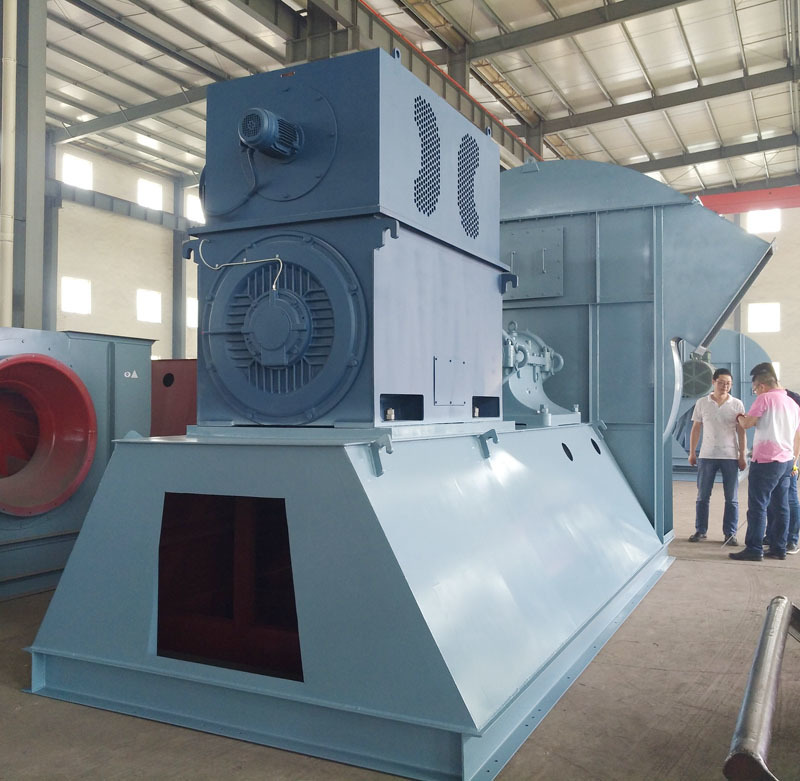Introduction to the Uses and Structural Characteristics of Stainless Steel Fans
Release time:
2021-09-20
Fans are widely used in the industrial sector, and different workshops have varying performance requirements for fans. For example, in areas with high corrosion resistance requirements, if iron shell fans do not meet the standards, stainless steel fans should be used. Stainless steel fans are designed for equipment in the chemical industry that handles toxic gases and is subject to greater corrosion than general steel.
Fans are widely used in the industrial field, and different workshops have different performance requirements for fans. For example, in places with high corrosion resistance requirements, if iron shell fans do not meet the requirements, they should be used.Stainless Steel FanStainless steel fans are designed for the chemical industry to handle toxic gases, as they are more resistant to corrosion than general steel equipment.

With the continuous popularization of automation, fan equipment has undergone significant changes. Stainless steel fans are widely used due to their good performance. They are often used in various places, but there are also taboos related to their materials and structures. Let's take a look:
1,Stainless Steel FanThe shell and impeller are made of cast polypropylene. Backward impellers have a large air volume, low noise, and high efficiency, making them suitable for ventilation in hospitals, schools, factories, and laboratories.
2. They cannot be used to remove corrosive gases, such as halogen derivatives and ketones containing aromatic compounds, aliphatic and aromatic hydrocarbons. The motor bracket is made of stainless steel or steel plate, and all screws are made of stainless steel. The impeller uses a backward design, providing a large air volume and low noise without overloading.
3. The stainless steel fan is made entirely of polypropylene, with the impeller mounted at the rear, featuring high pressure characteristics. The air inlet and outlet are circular, making installation easy. It has high strength, light weight, corrosion resistance, low noise, and can transport corrosive gases. Environmental temperature is 60, with hard particles at 150mg/m.
Applications and Structural Features of Stainless Steel Fans
Compared to ordinary fans, stainless steel fans not only meet ventilation requirements but also significantly extend the lifespan of the equipment. For users, this equipment can also be used for transporting some acidic and alkaline corrosive gases and high-temperature gases below 500 degrees. If high-quality titanium steel is chosen as the material, the transport medium temperature can reach 800.
Due toStainless Steel Fanits excellent performance, it has been widely used in industries such as chemical, metallurgy, carbon black, and ceramics, making it an ideal device for transporting kiln smoke, waste heat, and combustion. The equipment mainly consists of an impeller, shell, air inlet, transmission device, and base. The impeller is the core component of the stainless steel fan. The design of the impeller structure is mainly based on new efficient fan theory, allowing for the selection of suitable materials according to different usage conditions, with reliable corrosion and temperature resistance capabilities. After the impeller is made, the static and dynamic balance compensation accuracy is G5.6 (higher than the national standard G6.3).
The shell and base are also important components of the stainless steel fan. Generally, the shell is made by selecting suitable materials according to different working condition requirements, ensuring corrosion resistance, heat resistance, and overall welding with the base to ensure the rigidity of the entire machine.
In addition, the water inlet of the stainless steel fan is made of high-quality stainless steel material, featuring a centralized streamlined overall structure, fixed with bolts.
Related News






